
Plantation and Cultivation: Rice cultivation begins in well-prepared fields where the seeds are sown. Under careful supervision, the seeds germinate and grow into seedlings in the nursery beds. Once strong enough, these seedlings are transplanted into the main rice fields where they continue to thrive.
Growth and Harvesting: Over several months, the rice plants mature and their grains develop. When the grains have reached the desired moisture level and color, it’s time for the harvest. The rice stalks are cut and collected, ready for further processing
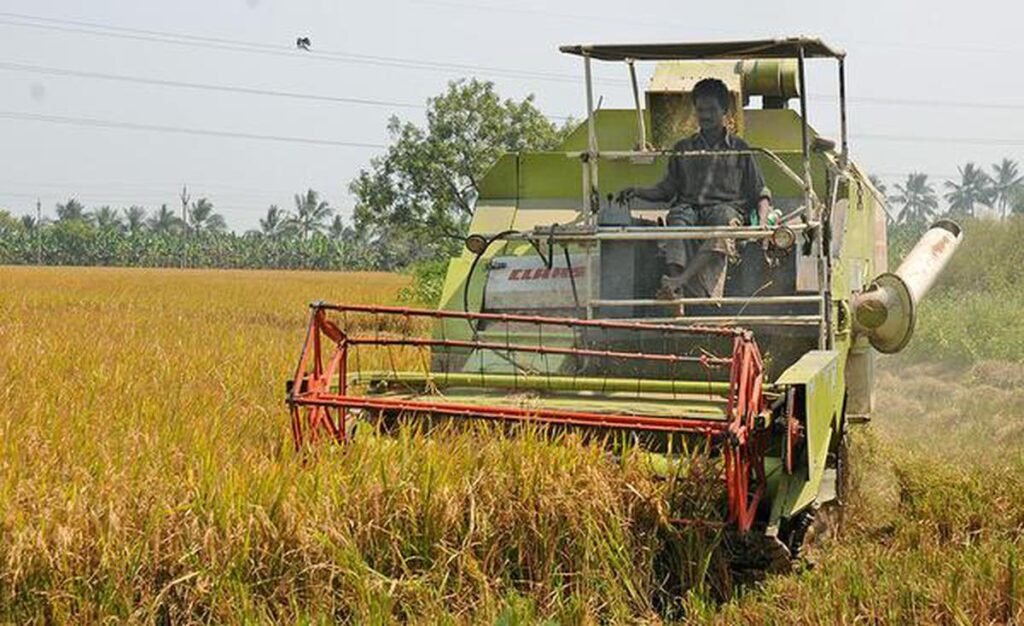

Threshing and Separation: After harvesting, the rice stalks undergo threshing, a process where the grains are separated from the stalks. The traditional method involves beating the stalks, while modern machinery offers efficient mechanical threshing.
Drying and Conditioning: Freshly harvested rice contains excess moisture that needs to be removed to prevent spoilage. The rice is spread out in the sun or placed in mechanical dryers to achieve the optimal moisture content. This step also helps in loosening the hull.
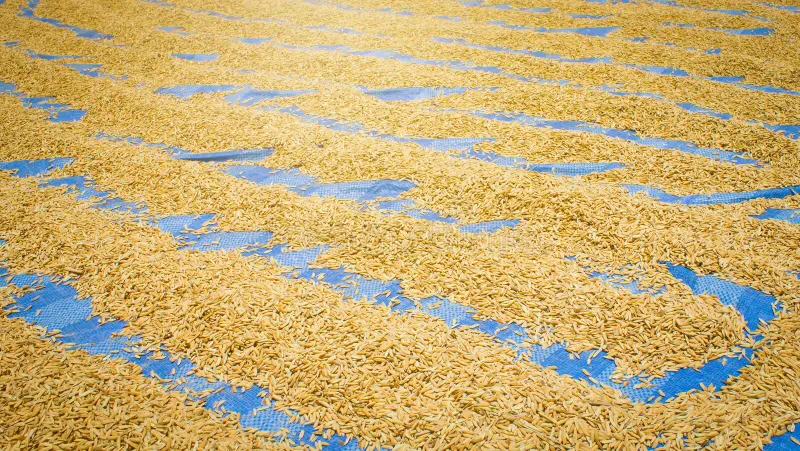
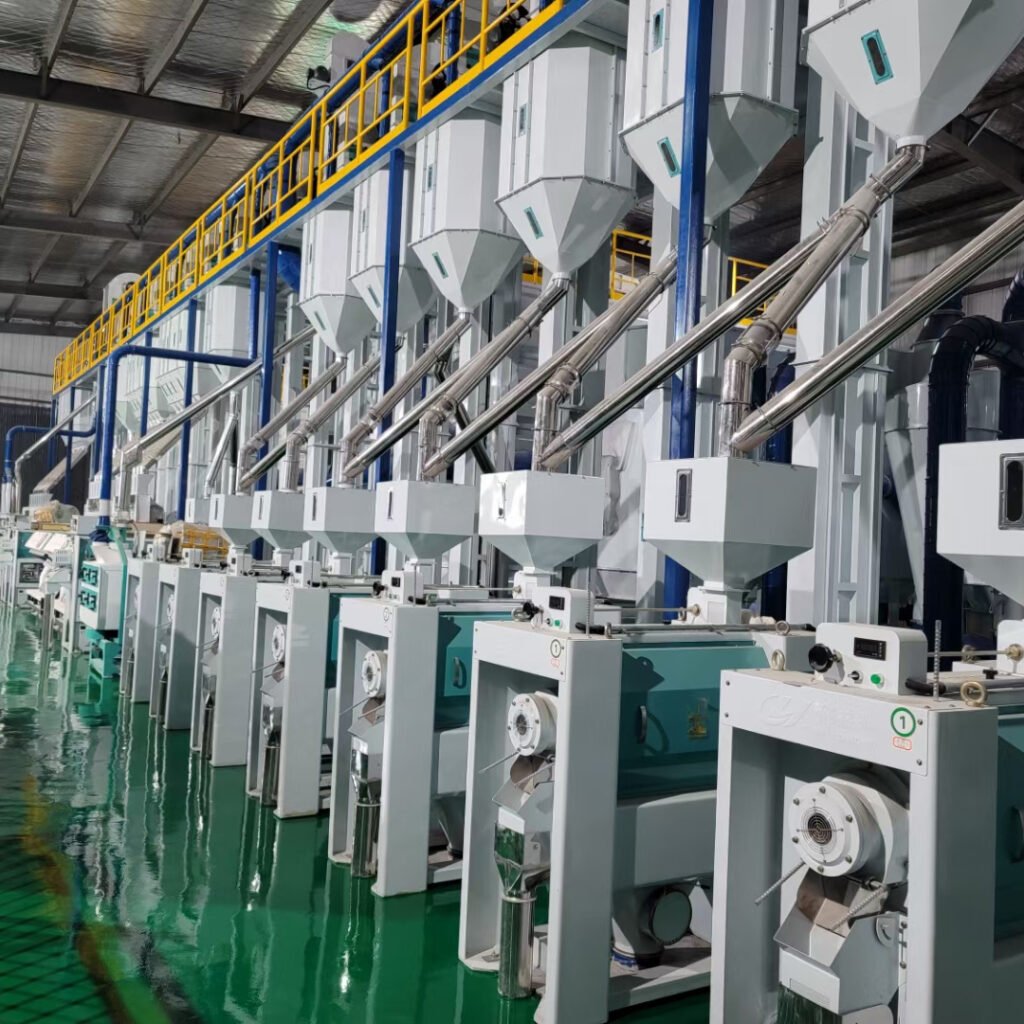
Milling and Hulling: In this stage, the outer husk or hull is removed from the rice grains through milling. The result is brown rice, which retains the bran layer. Further processing involves removing the bran layer to yield white rice.
Polishing and Grading: White rice may undergo polishing to create a smoother surface and enhance its appearance. After polishing, the rice is graded based on size, color, and quality. Each grade is segregated for packaging.
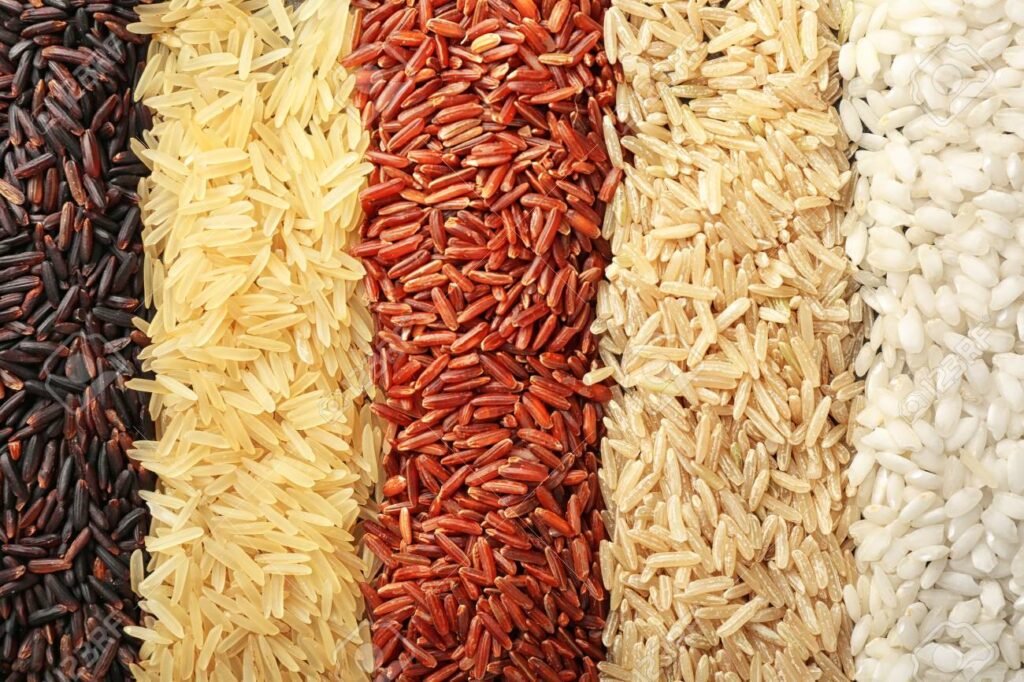

Packaging and Quality Control: The graded rice is carefully packaged in bags or containers to preserve its freshness. During packaging, quality control checks ensure that only rice meeting the required standards is sent for distribution.
Storage and Logistics: Packaged rice is stored in warehouses with controlled temperature and humidity to maintain its quality. When orders are received, the rice is carefully loaded onto trucks or shipping containers for transportation to its final destination.
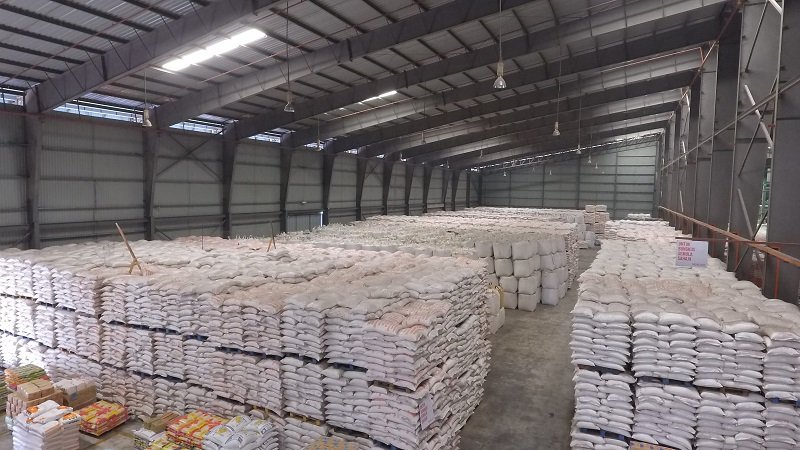
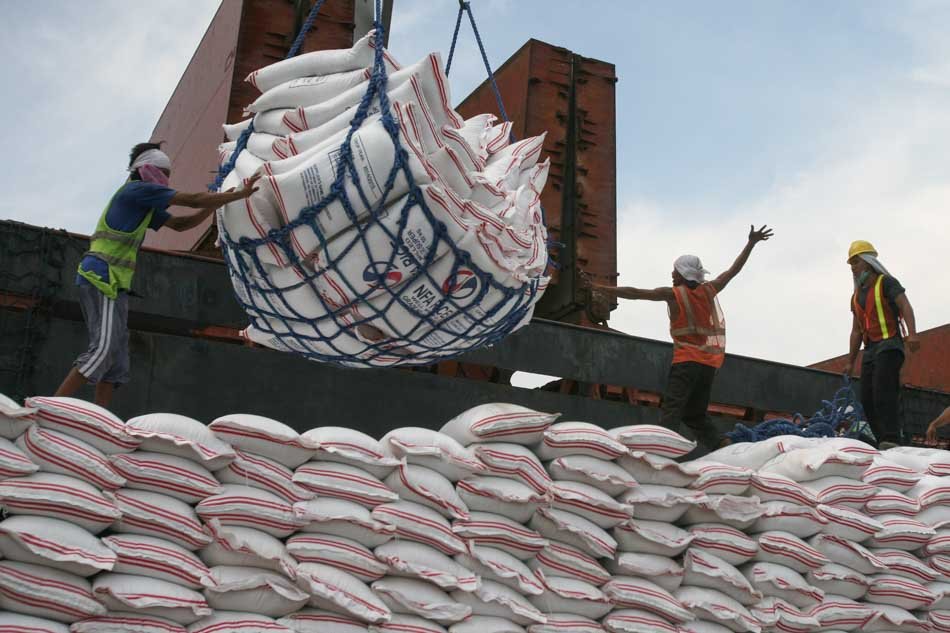
Shipping and Export: The rice-filled containers are transported via trucks, trains, or ships to reach international markets. Proper documentation, including certificates of origin and phytosanitary certificates, is prepared to comply with import regulations of the destination country.
From the lush fields where the rice is nurtured to the careful shipping processes that span the globe, every step is a testament to the dedication of those involved in bringing this staple to your table

